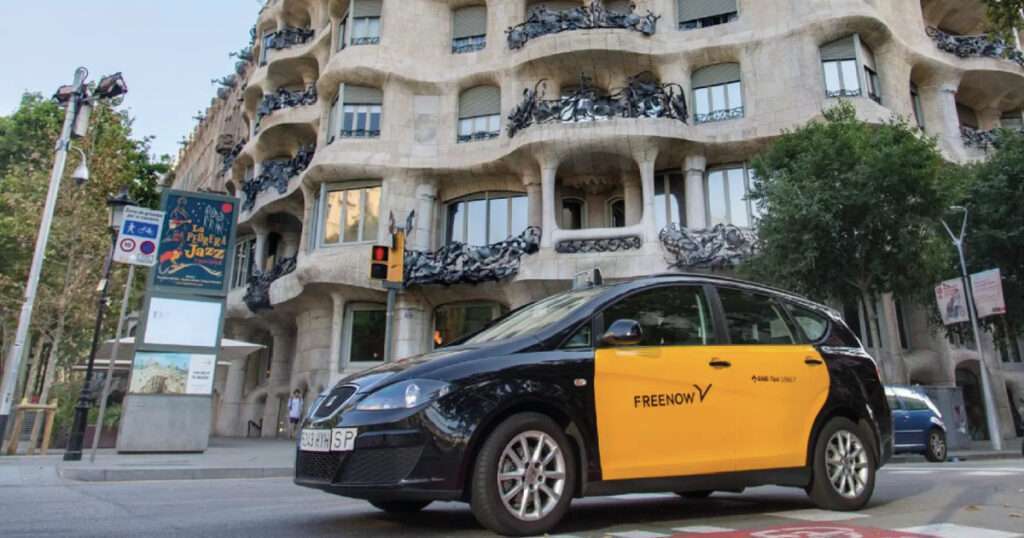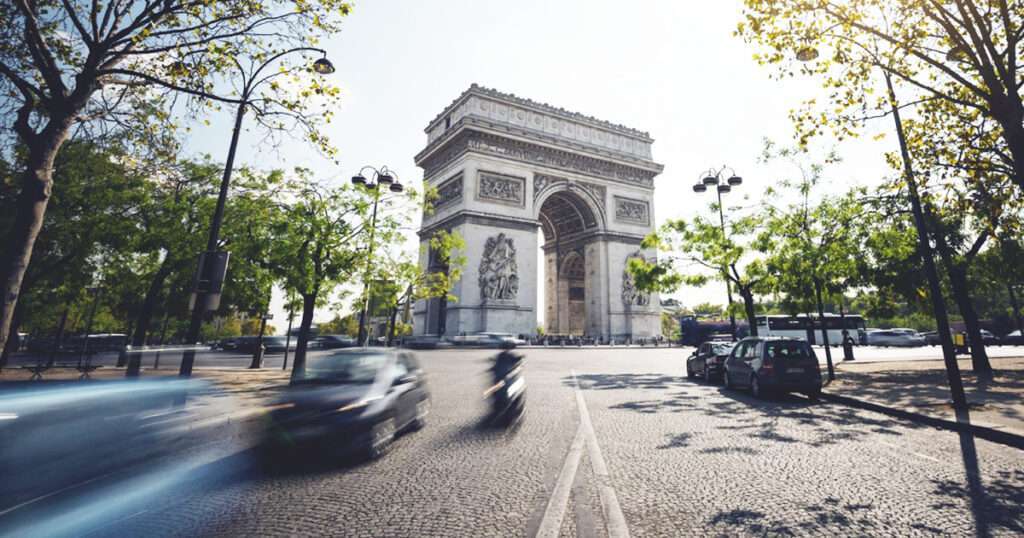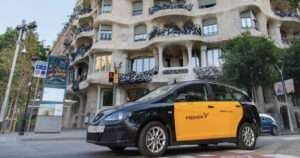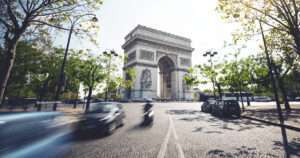Ten years ago, getting around the city consisted mainly of taking one mode of transport. Today, practices are becoming more complex. Indeed, many travelers are forced to take one or two connections and then finish their journey by bicycle or scooter. While others remain very attached to the use of the private car, which increases pollution and congestion… What solution can be adopted to improve and facilitate intermodal travel? How can we get people to adopt greener means of transport? Zoom in on these new intermodal spaces that have been appearing in recent years… Mobility hubs, the new stars of intermodality…
What is a mobility hub?
Quite simply, mobility hubs are strategic places where a user can choose between several modes of transport and share them. They play a major role in the daily lives of millions of people. Indeed, they highlight the different mobility services available in one place, thus facilitating accessibility and inclusiveness. This gives travelers the freedom to choose their mode of travel according to the traffic situation or their desire. These hubs allow users to shorten distances and above all simplify their journey. To optimize their journey, travelers can also plan and book an intermodal journey using MaaS applications.
Attractiveness for cities?
Hubs play a major role in the attractiveness of territories. Due to the increasing number of road users, it is becoming important for many cities to reduce congestion on certain roads that are saturated by motorized traffic. Urban planners are therefore considering the creation or redevelopment of mobility hub locations. These can be created near major bus and train stations, or on the outskirts of cities to allow users to park their cars and take public transport or a bike share. In this way, planners can move motorized traffic away from city centers. In addition, by encouraging soft mobility, they reduce pollution.
A very concrete example of pollution reduction through hubs is that some car parks are free if they are reserved with a bicycle. Indeed, a user can park his car and continue his route by bike. In addition, mobility hubs will allow public transport authorities to better plan, manage and optimize all transport flows. Some cities are already ahead of the game…
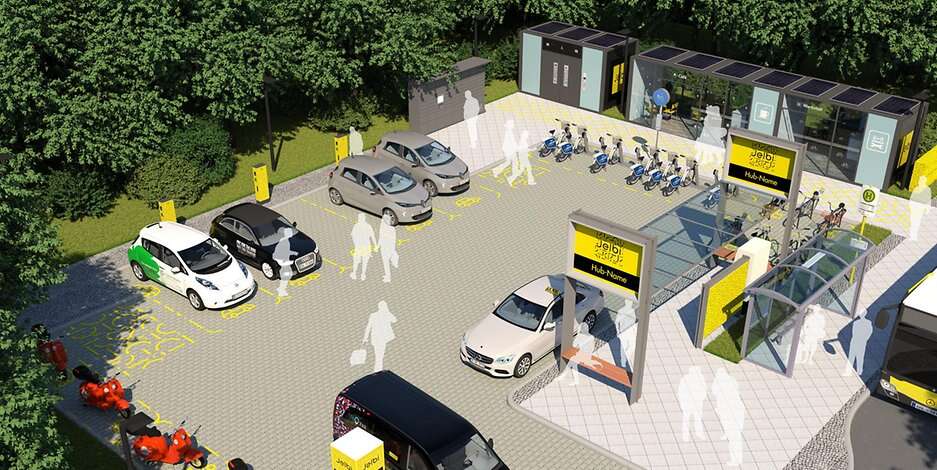
A success story in some countries
The concept of mobility hubs is an important part of public transport in some countries such as the Netherlands, Norway and Germany. These spatial arrangements help residents and tourists to move from one place to another on a daily basis without depending on a specific mode of transport.
BuurHubs in the Netherlands
The concept of mobility hubs is an important part of public transport in the Netherlands. They help residents and tourists on a daily basis to move from one place to another without depending on a specific mode of transport. The first ehubs deployed in the Dutch city are called “BuurtHubs”. They will be set up in the Buiksloterham and Frans Hals districts in 2021. They each offer 8 cars, 5 electric cargo bikes and 16 electric bicycles for the use of residents. The BuurtHubs can be located using applications such as MaaS (Hely) or supplier-specific applications. Amsterdam is currently testing this innovative urban mobility solution. The city wants to explore its potential to encourage the use of alternatives to private cars, thus improving the quality of life of citizens, as well as the sustainability and accessibility of the city. This experiment should be seen in the context of a growing city with an increasing amount of public space cluttered with roads, car parks, pavements and bicycle paths. In addition, Amsterdam has the ambition to be zero emission by 2025.
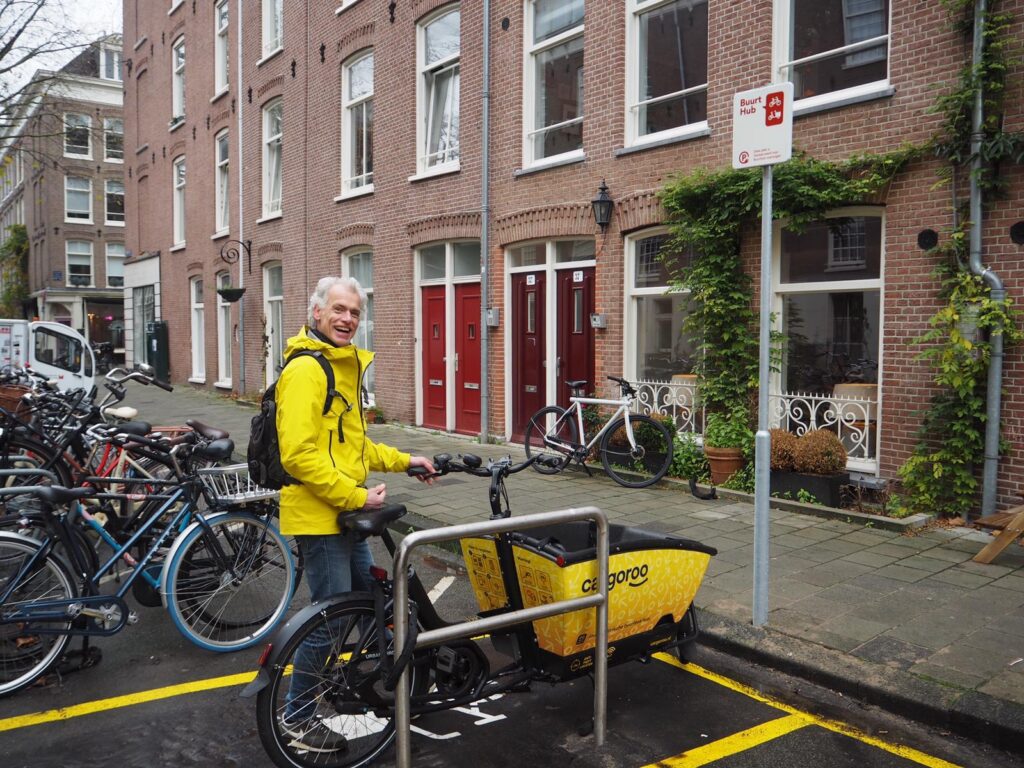
The Amsterdam authorities are therefore constantly looking for innovative mobility solutions that contribute to the intelligent and proper use of public space and the reduction of emissions. Although first impressions of the use of these mobility hubs are limited, an increase in vehicle use has been visible since last summer. The results are so far very encouraging, especially since the city of Amsterdam has just deployed 15 more ehubs in the city by the end of 2022.
Germany, a pioneer in this field
In Berlin, BVG is at the forefront of mobility hubs. The first project was launched in 2003 in the city of Bremen. Bremen’s “mobil.punkt” service paved the way for the creation of intermodal mobility stations. As a result, the city has successfully deployed several strategic spaces near S-Bahn and underground stations. These hubs are integrated into the city’s MaaS application: Jelbi. There are two types of hubs in the German capital. Firstly, there are the “Jelbi stations“, which are large facilities with soft mobility services, but also cars and vans. But there are also the “Jelbi points”. These are smaller spaces that offer access to soft modes of transport only. The city of Berlin is planning to build 14 new ehubs by the summer of 2023.
In Berlin, citizens can now take the metro, tram or bus, but they can also choose from 11 external mobility services. Although most of these services have their own application, BVG has simplified the travel experience by creating the Jelbi application. This brings all the services together in one application. This means that travelers are not redirected to other sites, transactions are just a few clicks away and everything is secure.
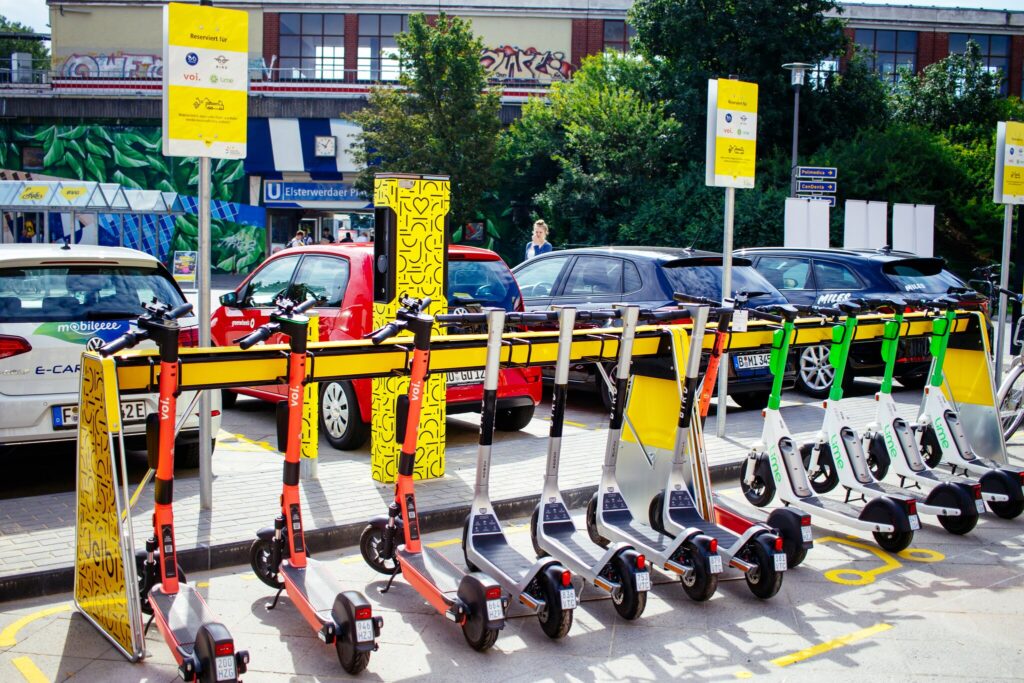
Norway, the most ambitious
On 26 August 2019, the first mobility hub “Filipstad Mobility Park” opened in Oslo. Electric cars and bicycles were made available to the population 24 hours a day, complementing the city’s other means of transport. Filipstad Mobility Park consists of 9 cargo containers and a charging station with a solar cell roof. The mobility park has an area of approximately 450 m² and can accommodate 8 electric cars and several bicycles. The building includes a bicycle workshop and outside, 2 parcel boxes placed in collaboration with the Norwegian postal service. Shortly afterward, the Ski Station hub was established. The results of these hubs are very encouraging.
Never before have so many people travelled by bicycle, electric car or public transport. And this is just the beginning…
Lan Marie Berg, Head of the Environment and Transport Division of the Municipality of Oslo
Indeed, the municipality is convinced that these two strategic mobility hubs represent a solution for the future, but are not sufficient to change the mobility behavior of an entire neighborhood. This is why new developments are expected in the near future. Following the success of Oslo, other cities such as Bergen and Stavanger are setting up hubs for these residents. Currently, the city of Bergen has 6 hubs and 8 others are under construction… One thing is certain, Norway does not intend to stop there…


